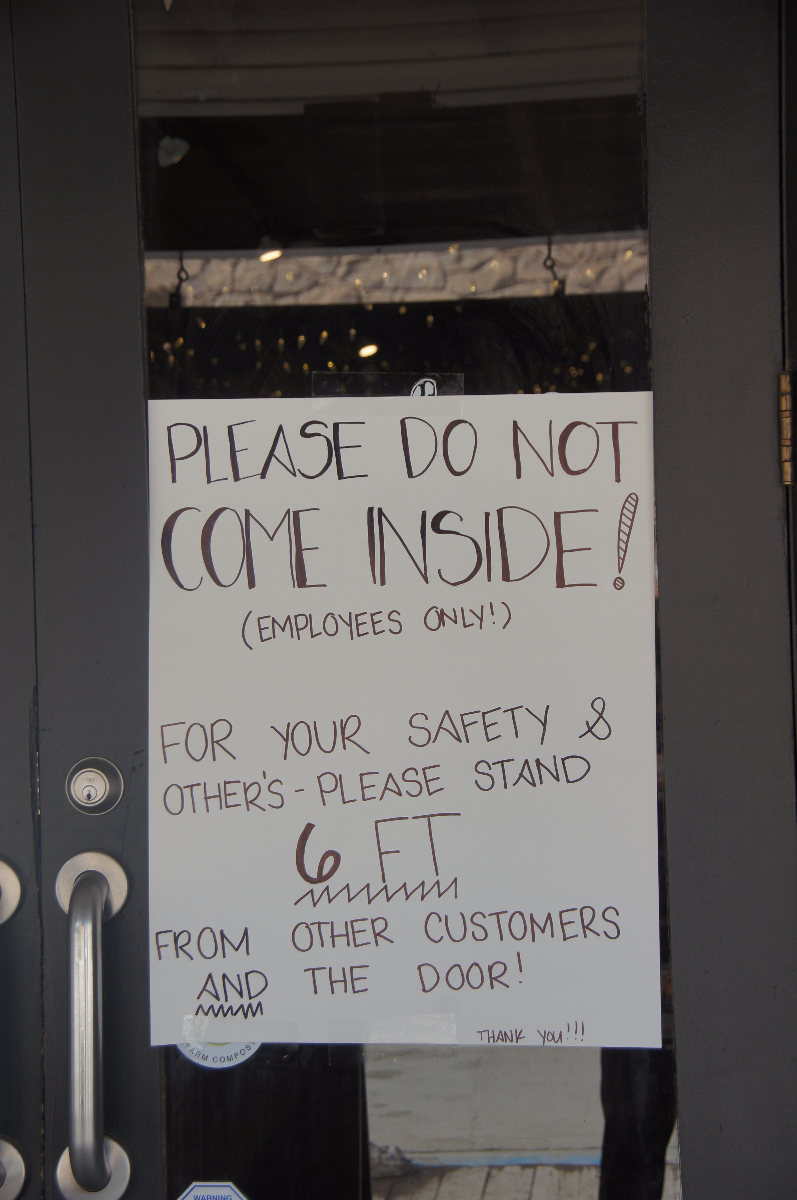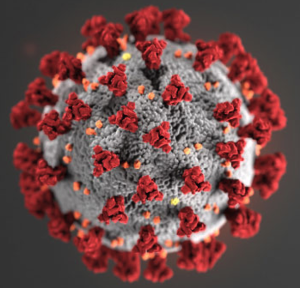To recapitulate: A question like “What time is it?” or an order like “Do no enter!” are to be taken as an imposition on those who are caught by the statement, whatever the motivation for the statement, or its position into any sequence (for example, street vs. school vs. Corona). The pessimists might say that questions, orders, or any kinds of statements are forms of not so symbolic “violence” (Bourdieu [1972] 1977) or even instances of “micro-aggression” (Sue 2010), Optimists might see them as “gifts” (Mauss [1923-4] 1967).
In any event, the question is whether a statement (speech act) is to be considered a trigger for an unpredictable response rather than a cause with predictable effect.
Take a case now familiar to readers of this blog: Imagine a university professor planning a lecture tour. This “plan” involved starting several conversations with colleagues across the country and, in some cases, their staff. Imagine that the professor, as he is driving, is told that the university where he was to speak now forbade all public events. Those who are telling are apologetic even though the cancellation (an aspect of the “Do not enter” speech act) is not something they performed. All they are doing is passing the act along.
What is the professor to do next?
Quite predictably, the planned lectures did not take place: cause led to effect.
The professor also “decided” to continue driving west, away from home: statement triggered response.
That there will be a response is predictable. What this response will be is not predictable, not even by those initiating the responses. The response will involve a series of circumstances each of which will participate in shaping but not in determining the response. In the case of our professor, he was already a third of the way across the country. He had no other responsibilities anywhere. Things were said to be bad in New York. He had a good car and the means to continue traveling. The weather was good. The governors were not forbidding travel. The professor’s response made sense—even though some did question its wisdom. The professor drove another 1,000 miles west. Two weeks later the professor was given the choice: leave or isolate yourself in your hotel room for the next 30 days. He dove back home. That also made sense, as it might also have made sense to stay put.
At the same time, half-way around the world, tens of thousands (perhaps hundreds of thousands) were similarly told to “go home” from New Delhi and other major cities in India. Whatever they did next made sense even as many died of deprivation as they trundled on foot towards far away villages. Billions of other human beings were faced with similar moments. Most of these moments were not as tragic as they must have been for the poor of New Delhi. Few were as privileged as the professor’s response could be. All of them were caught by Corona speech acts they then had to translate into the further speech acts that would actually move them. The most powerful of those further acts must have been the answer people gave to the question begged by the order “Stay Home!” Where they had to establish, practically, is home? Who is going to be there? Who will have authority over what there? Are there alternatives? Small collectives then must have gotten someone among them to say “This is home for you” and “these are the people who can reside here (be fed, taken care of if ill, etc.).” I suspect that most of those who performed the initial triggering “Stay Home!” act did not linger too much on what “home” would be. In Euro-America at least, somewhat confirmed by preliminary discourse analyses of media, I image governors imagined a smallish separate residence, with two adults of about the same age, and 1.8 children. That the “home” might be a large compound with extended kin, servants, etc. does not seem to have been imagined. Nor, the possibility that the “home” is a small space inhabited by only one elderly sickly person. Nor the possibility that the home would be a “second” home in the country side that well-to-do city residents might escape to.
In brief, and analytically, the statement “Stay Home!” may have caused much that noone could escape (not entering a building, not giving a lecture) but it also triggered much much more. The statement is less a cause than a condition and a constraint on future action. More on this in a post to come.
Most importantly from a public policy point of view is the reality that one could predict further action would be taken but not what this action would involve—particularly when the trigger has no precedent so that no policy could be “evidence-based.”
References
Bateson, Gregory 1972 Steps to an ecology of mind. New York: Balantine Books.
Bourdieu, Pierre [1972] 1977 Outline of a theory of practice. Tr. by R. Nice.. Cambridge: Cambridge University Press.
Mauss, Marcel [1923-4] 1967 The gift. Tr. by I. Cunnison.. New York: W.W. Norton.
Sue, Derald 2010 Microaggressions in Everyday Life: Race, Gender and Sexual Orientation. John Wiley and Sons.
 Print This Post
Print This Post

 March 18th, 2020: I entered Jackson, Wyoming, and found that all restaurants had been closed.
March 18th, 2020: I entered Jackson, Wyoming, and found that all restaurants had been closed.